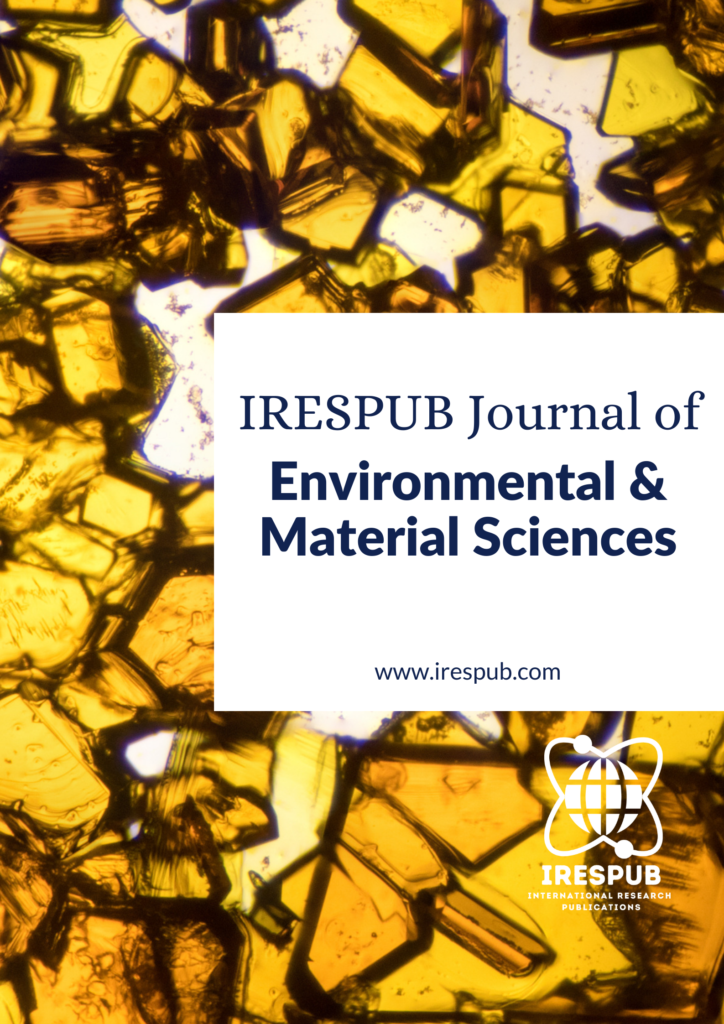
Year Launched: 2021
Journal Menu
- Scope & Research Areas
- Instructions for Authors
- Article Processing Charge
Journal List
- Natural & Applied Sciences
- Life Sciences
- Business Management
- Education & Literature
- Humanities & Cultural Studies
- Medical & Dental Sciences
- Engineering & Computer Sciences
- Agriculture, Food & Nutrition
- Environmental & Material Sciences
- Wellness & Lifestyle Management
- Arts & Ideas
- Law, Policy & Religion
Natural radioactivity levels in agricultural soils in trans, Nzoia County, Kenya
Volume 2, Issue 1, Jan-Feb 2022 | Page 11-17 | PDF (294K) | Pub. Date: February 20, 2022
Author(s)
Jasper Sifuna Wabomba, Michael Nakitare Waswa, Peter Khakina, Conrad Khisa Wanyama*; Department of Science, Technology and Engineering, Kibabii University, P.O. BOX 1699-50200, Bungoma, Kenya
Abstract
Samples of soil were collected from the selected regions of agricultural activities in Trans – Nzoia county, Kenya. Three adjacent soil samples were mixed up from each sampling point to get twenty representative (composite) soil samples. The soil samples were dried at 1100C, grounded and sieved through a wire mesh of diameter 0.5 mm and packed in plastic beaker that were sealed to prevent leakage of radon. The soil samples were kept for 28 days for secular equilibrium to be reached between the activity of uranium, thorium and potassium, radium and their progeny. The activity concentration level for 232Th, 238U and 40K in soil samples were determined using gamma ray spectrometer with NaI (TI). The average activity concentration for 232Th, 238U and 40K was found to be 171±8.56 BqKg-1 with the range of 32±1.6 – 414 ± 20.73, 0.5±0.02 BqKg-1 with the range of 0.3±0.01-1.7±0.08 and 1059±52.96 BqKg-1 with the range of 301±15.07-1541±77.07 respectively. The average radium equivalent activity was found to be 326±16.3 BqKg-1 while external and internal hazard indices were found to be 0.8±0.04 and 0.8±0.04 respectively. These results reveal minimal significant radiological health hazards for inhabitants within the selected study areas.
Keywords
agricultural; soil; natural radioactivity
Cite this paper
Wabomba, J. S., Waswa, M. N., Khakina, P., Wanyama, C. K.(2022), Natural radioactivity levels in agricultural soils in trans, Nzoia County, Kenya, IRESPUB Journal of Environmental & Material Sciences. Volume 2, Issue 1, Jan-Feb 2022, Page 11-17
References
[1] Abbady, A.G.E, Uosif, M.A.M and El- Taher, A. (2005). Natural radioactivity and dose assessment for phosphate rocks from Wadi El- mashal and El- Mahamid mines in Egypt. Journal of Environmental Radioactivity 84:65-78.
[2] Abbasi, A., Kurnaz, A., Turhan, Ş., & Mirekhtiary, F. (2020). Radiation hazards and natural radioactivity levels in surface soil samples from dwelling areas of North Cyprus. Journal of Radioanalytical and Nuclear Chemistry, 324(1), 203-210.
[3]El-Gamal, H., Hussien, M. T., & Saleh, E. E. (2019). Evaluation of natural radioactivity levels in soil and various foodstuffs from Delta Abyan, Yemen. Journal of Radiation Research and Applied Sciences, 12(1), 226-233.
[4] Groot A. (2009). Salt-marsh sediment Natural γ-radioactivity and spatial patterns, PhD. (Mathematics and natural sciences). Dissertation, University of Groningen.
[5] UNSCEAR (2000). United Nations Scientific of Committee on the Effect of atomic Radiation, Effects and risks of ionizing radiation, United Nations, New York. 64
[6] Hussein, A.S. (2008). Natural radioactivity levels in environmental samples in North Western Desert of Egypt, TA El-Daly P. 1:79-88.
[7] Hashim, N.O. (2001). The levels of radionuclides and trace elements in selected Kenyan coastal ecosystem, M. Sc. (Physics) Thesis. Kenyatta University, Kenya.
[8] IAEA (2003). International Atomic Energy Agency, Guidelines for radioelement mapping using gamma ray spectrometry data, Vienna, Austria. IAEA (2004). International Atomic Energy Agency, Soil sampling for environmental contaminants, IAEA-TECDOC-1415 IAEA: Vienna, Austria.
[9] (2005) Radiation Oncology Physics. A handbook for teachers and students, International Atomic Energy Agency Vienna 1-120.
[10] Hassan, N.M., Ishikawa, T., Hosoda, M., Iwaoka, K., Sorimachi, A., Sahoo, S.K., Janik, M., Kranrod, C., Yonehara, H., Fukushi, M. and Tokonami, S. (2010). The effect of water content on the radon emanation coefficient for some building materials used in Japan, Radiation Measument. Doi: 10.1016/j.radmeas.2010.11.006.
[11] Hastings S., Doug R., Ensslin N. and Kreiner S. (1991). Passive Nondestructive assay of Nuclear Materials, LANL, Los Alamos, 27-63 pp.
[12] Turhan, S., Baykan, U. N., and Sen, K. (2008). Measurement of the natural radioactivity in building materials used in Ankara and assessment of external doses, Journal for Radiological Protection Journal. 28: 83–91.
[13] Vincent, K. (2020). Radiometric Assessment of Natural Radioactivity Levels and Radiation Hazard Indices for Soil Samples in Kericho County, Kenya (Doctoral Dissertation, Kenyatta University).
[14] Kebwaro M., Rathore I., Hashim N. and Mustapha A. (2011). Radiometric assessment of natural radioactivity levels around Mrima Hill, Kenya. International Journal of Physical Science. 6(13): 3105–3110.
[15] UNSCEAR (2002). United Nations Scientific of Committee on the Effect of atomic Radiation, Effects of Atomic Radiation (2001 Report), United Nations, New York.
[16] International Commission on radiological protection, 2005. Recommendations of the international commission on radiological protection (ICRP) publication. Oxford: pentagon press.
[17] ICRP (1991). ICRP publication 60 radiation protection: 1990 recommendation of the International Commission on Radiological Protection, Oxford: Pentagon press.
[18] ICRP (2001). Protection of public in situation of prolonged public exposure; ICRP Publication 82; Pergamon Press, Oxford. Ann. ICRP, 29 (1-2).

